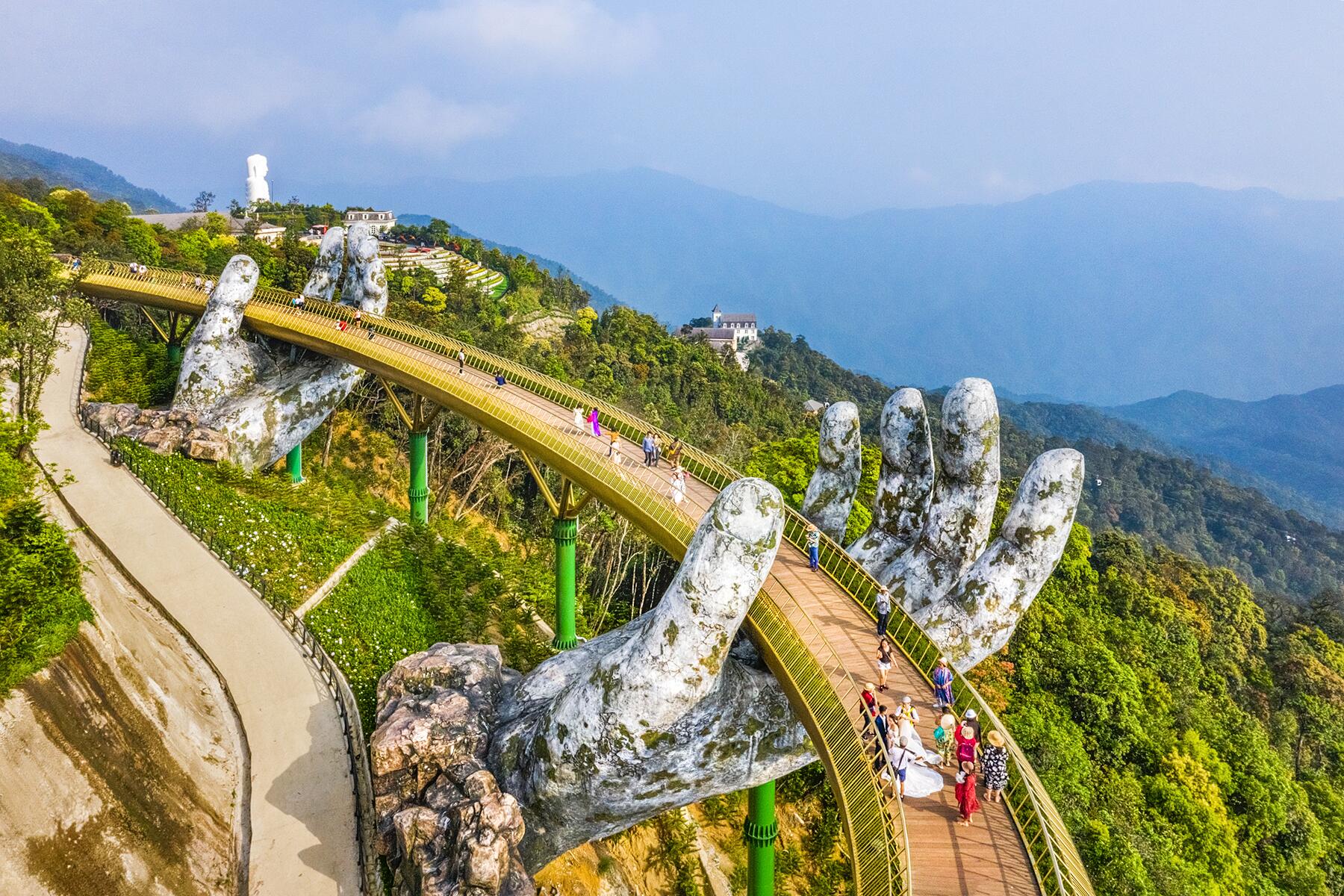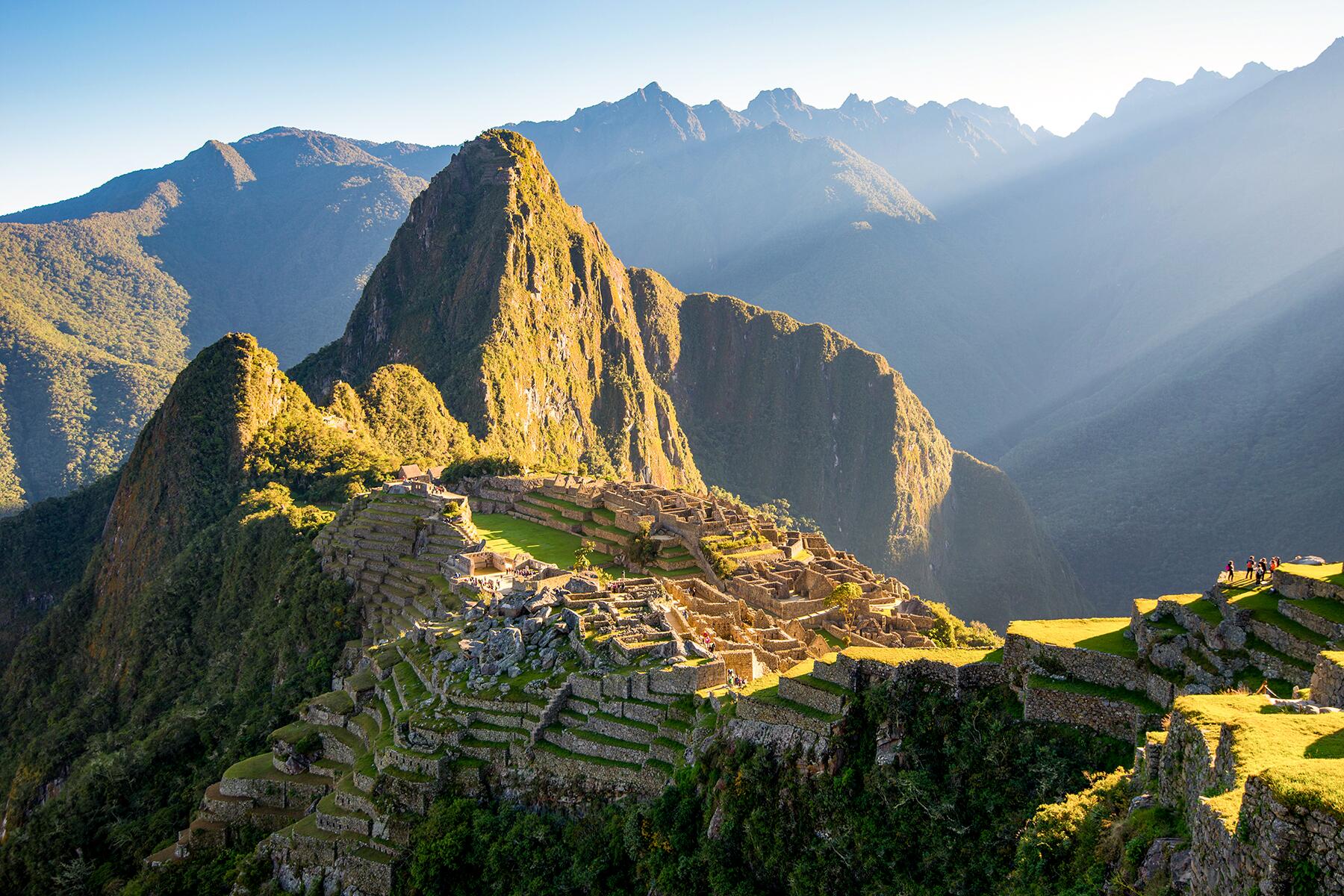Salute the sun at temples, observatories, and other radiant structures that align with the equinoxes and solstices.
Since prehistoric times, humans have hailed the sun for bringing them light, warmth, and abundant harvests. Architects around the globe have paid tribute to the sun by building impressive monuments that precisely mark seasonal changes in daylight. Ancient civilizations such as the Egyptians and Inca had remarkably advanced knowledge of the stars, which they used to align their temples with the solstices and equinoxes.
Every year around June 21st, people living in the Northern Hemisphere mark the summer solstice or longest day of the year. Simultaneously, those down south experience the winter solstice, which is when the sun takes the shortest path through the sky. During the vernal and autumnal equinoxes, the sun shines on the hemispheres with an equal amount of light, creating days and nights of nearly equal duration all over the planet. Witness the changing of the seasons at one of these worldwide sites that honor the star of our solar system.




